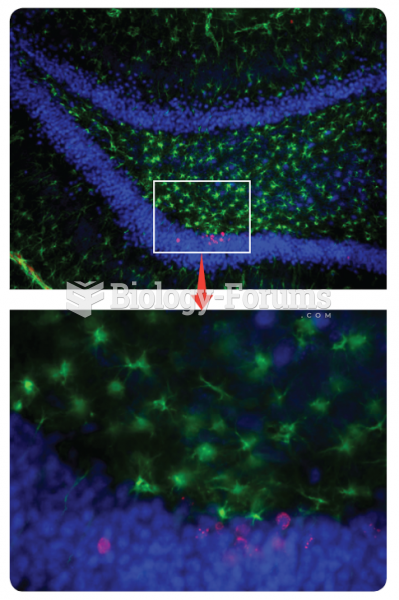Answer to Question 1
Pros
Some have argued that the increased use of waiver can help get violent offenders off the streets and should be mandatory for juveniles committing serious violent crimes.
For the most part, transfer is reserved for the most serious cases and the most serious juvenile offenders.
Some cases involving serious offenses require a minimum criminal penalty greater than that available to the juvenile court.
It is also possible that some juveniles take advantage of decisions to transfer them to the adult court. Although the charge against a child may be considered serious in the juvenile court, the adult criminal court will not find it so; consequently, a child may have a better chance for dismissal of the charges, or acquittal, after a jury trial.
Cons
Research has found that transfers do not produce lower violent crime rates. In fact, four of the studies found a harmful effect, meaning that juveniles transferred to adult court had higher violent rearrest rates than their counterparts who were retained in juvenile court.
Some experts question whether juveniles waived to adult court, particularly younger ones, are competent to be tried as adults. Adjudicative competency pertains to the mental capacity or cognitive skills of the youth to understand the nature and object of the proceedings against him or her.
Waiver can also create long-term harm. Waived children may be stigmatized by a conviction in the criminal court. Labeling children as adult offenders early in life may seriously impair their future educational, employment, and other opportunities.
Waivers don't always support the goal of increased public protection. Because juveniles may only serve a fraction of the prison sentence imposed by the criminal court, the actual treatment of delinquents in adult court is similar to what they might have received had they remained in the custody of juvenile authorities.
Sometimes waiver can add an undue burden to youthful offenders. Studies have found that, although transfer to criminal court was intended for the most serious juvenile offenders, many transferred juveniles were not violent offenders, but repeat property offenders.
Cases involving waiver take significantly longer than comparable juvenile court cases, during which time the waived youth is more likely to be held in a detention center.
Transfer decisions are not always carried out fairly or equitably, and there is evidence that minorities are waived at a rate that is greater than their representation in the population.
Answer to Question 2
T







